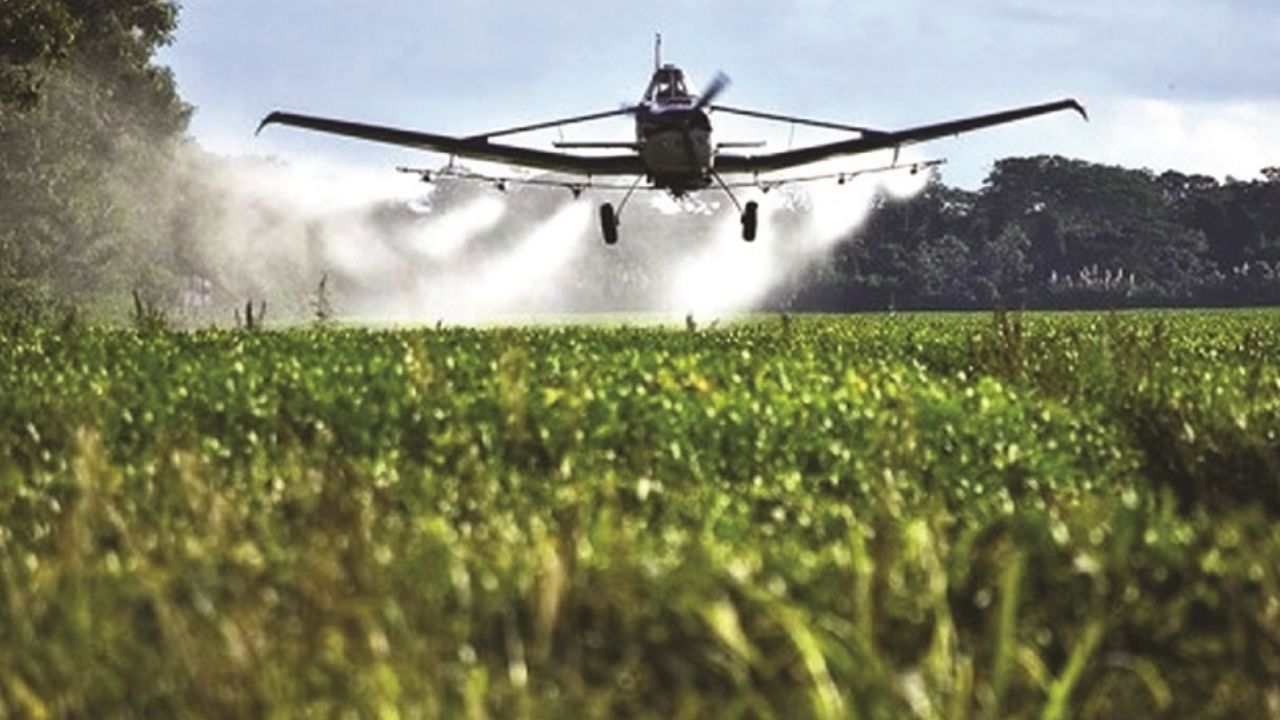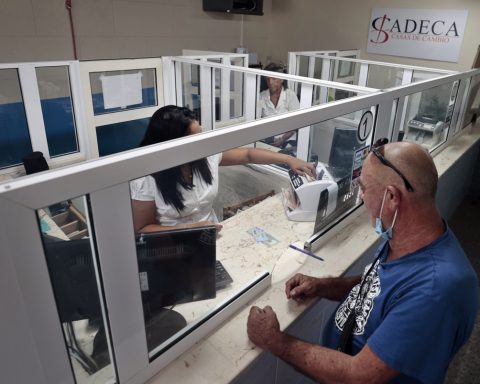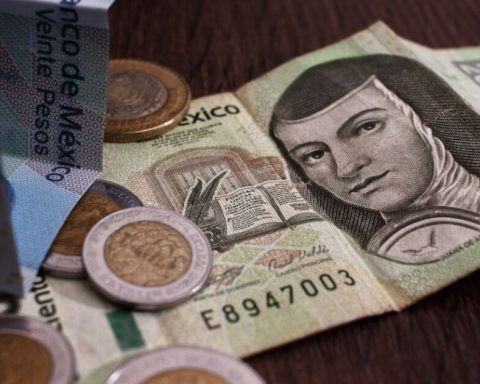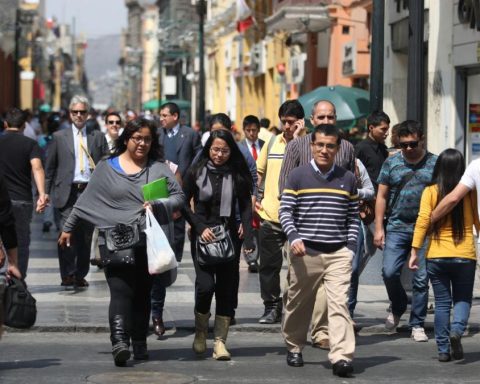Page Seven Digital
The international price of soy shot up to above 500 dollars per ton, which benefits the public coffers due to the higher foreign exchange income. Producers ask the Government for support by approving access to biotechnology.
The rise in the price of grain is mainly due to the drought that affected southern Brazil, a country that expected to produce 144 million tons of food, but it is estimated that it will not exceed 130 million. A similar situation occurs in Argentina, where climatic effects reduced production, which will barely reach 40 million tons, nine million less than expected, according to Clarín.
The general manager of the Association of Oilseeds and Wheat Producers (Anapo), Jaime Hernández, stressed that soybeans are on the upswing on the Chicago stock market, with 550 dollars a ton, which should represent a price possibility for the Bolivian soybean producer. based on an opportunity to export the grain.
You can also read: Lack of legal certainty and contraband affected Bolivian agriculture in 2021, according to the CAO
“We must not forget that in 2021 soybean exports have allowed there to be a rebound in the country’s total exports, therefore, we consider it appropriate for the Government to give conditions to the soybean sector so that it can increase its production from of an improvement in productivity, for that we require that it is urgent that access to biotechnology be given”, Hernández declared in contact with Unitel.
Anapo reported that it has accounted for some 14,000 production units and it is estimated that depending on weather conditions a harvest of at least two million tons will be obtained.
For his part, the vice president of the Agricultural Chamber of the East (CAO), Freddy García, stated that the main incentive for any producer is the price of their product and if you have good prices like the ones now on the Chicago stock exchange, they are incentives to improve productivity.
“We believe that we can raise the productivity, not only of soybeans, but of everything we plant by 20% to 25% just by having access to biotechnology. Biotechnology in soybeans is approved in a single event, this means that from 2005 to date it has not been renewed and for that we need to renew and go hand in hand with other countries to produce more soybeans”, indicated the representative of the CAO.
He explained that 80% of the grain produced in Bolivia is exported and that generates dollars for the country, which represents a greater benefit when taking into account the current situation, with a decrease in Net International Reserves (RIN) , therefore, believed that the Government should give more importance and support to the sector.
You can also read: Exports rise 57% and after 6 years there is a surplus
The general manager of the Chamber of Exporters of Santa Cruz (Cadex), Oswaldo Barriga, highlighted the high international prices of soybeans for Bolivia, a country that takes the quotations, which is to the benefit of Bolivia, but for this greater conditions must be given in logistics, production and lift restrictions on exports.
“We have to take advantage of these international prices, for that we need to generate greater productivity and that is where the biotechnology process comes in, which until now we have not been able to carry out. The other big problem that we have as Bolivia is our border crossings, where although work is being done from the Foreign Ministry with Chile, now there are problems with Peru. On the other hand, we have the waterway, with low waters, where the Tamengo channel is not cleaned, so that it is navigable all the time,” said Barriga.
The manager of the Bolivian Institute of Foreign Trade (IBCE), Gary Rodríguez, calculated that if producers had access to biotechnology, production would have increased by 50%, to give the product added value, from refined oils, crude oils, cakes and flour.
“Bolivia could have received an additional 600 million dollars compared to those obtained in 2021, when it entered 1.3 billion dollars, this year we would probably have exceeded 2 billion dollars, we are talking about a single sector,” he indicated.
In Rodríguez’s opinion, it is not much use that the price of soybeans is increasing in the international market if the national offer does not grow and the average yield of the sowing cannot be increased, as is the case in Paraguay, Brazil or Argentina.


















